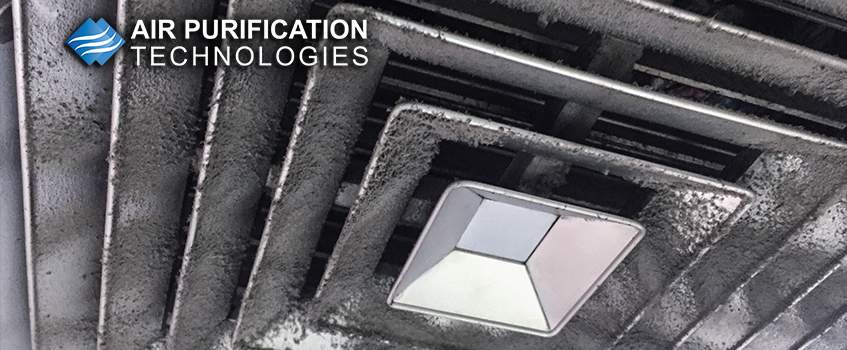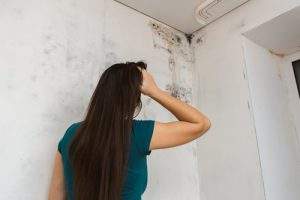
Are you having home mold problems on your property and you want to learn how detect it? Mold and mildew problems occur now and then, but it should be checked regularly as it can lead to possible health problems. Here are some simple steps to spot mold and mildew outbreaks at home or office.
 First. Inspect for odors around your house. Musty/moldy odors in the vicinity of a leak is a sure sign of mold. Naturally, humans are not supposed to be sniffing or touching mold because there is a chance to compromise the immune system. Breathing in such atmospheres is a definite no-no for anyone with a history of allergy, asthma, or any condition that could result in an adverse reaction caused by any form of mold exposure.
First. Inspect for odors around your house. Musty/moldy odors in the vicinity of a leak is a sure sign of mold. Naturally, humans are not supposed to be sniffing or touching mold because there is a chance to compromise the immune system. Breathing in such atmospheres is a definite no-no for anyone with a history of allergy, asthma, or any condition that could result in an adverse reaction caused by any form of mold exposure.
Second. Inspect for odors near the AC ducts. The way to do it is turning your AC off and then do your inspection. Remember, the longer the AC is off, the better. Also, when turning your AC back on, leave the thermostat alone for a while. To prevent damaging the compressor don’t turn it on and off to more than one cycle in several minutes. Immediately after, stand directly under the air path flowing from the duct. You will surely smell the musty mold odors blowing in your face if your home’s duct-work is contaminated with mold. Again, breathing such contaminated agents is a risk as there’s a chance you may be compromising your immune system.
Third. Check for any mold on the AC registers and coils. There’s a high chance of mold problems in humid areas as AC coils form condensation in the cooling mode after use. This feature aids the system remove humidity from the air. Metal AC has grills that become cold as the exiting air courses through them. The bottom side coils and the AC register sometimes will develop large amounts of velvety grey and black Cladosporium mold.
Fourth. Check for spots near your basement and closets. Occasionally mold does not develop as the result of a leak. It may occur as a result of humidity problems especially in poor circulation areas like basements, bathrooms, and closets. This may spread all over your home especially in drywalls walls, and typically, black Cladosporium will develop inside closets.
Check for spots on water-damaged building materials. Small to medium spots of smug marks, or powdery residues in damp areas are definitely a sign of mold. Many mold residue is black, white, brown, or green in color. They start as just as a small fleck and typically spread if not restrained. Make sure the spot is indeed mold and not part of a bad paint job. Rub the area with a piece of damp cloth and if it comes off and leaves a streak mark on the surface, hire a professional mold inspector. They have specialty tools (moisture meters, humidity meters, and borescopes) specifically designed for this purpose.
If you need AC duct cleaners to have a more quality breathable environment in your home, please CALL at 954-241-7352
Follow us on Facebook.